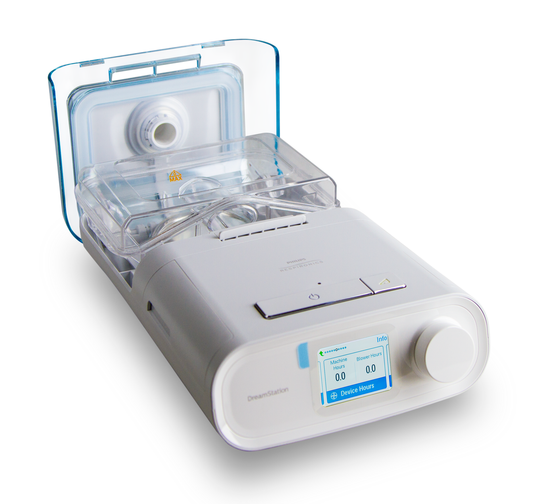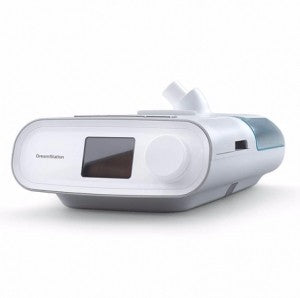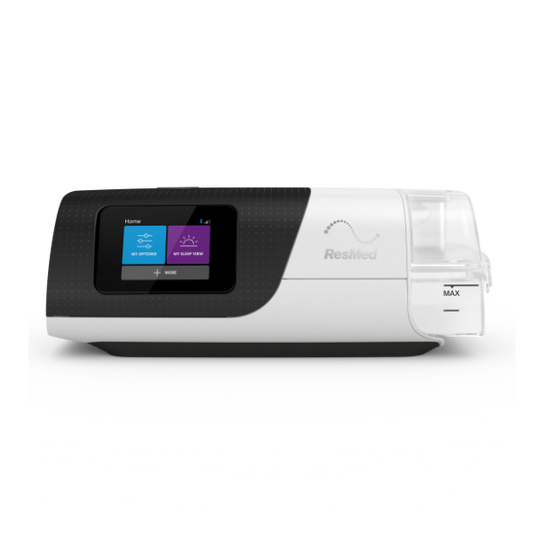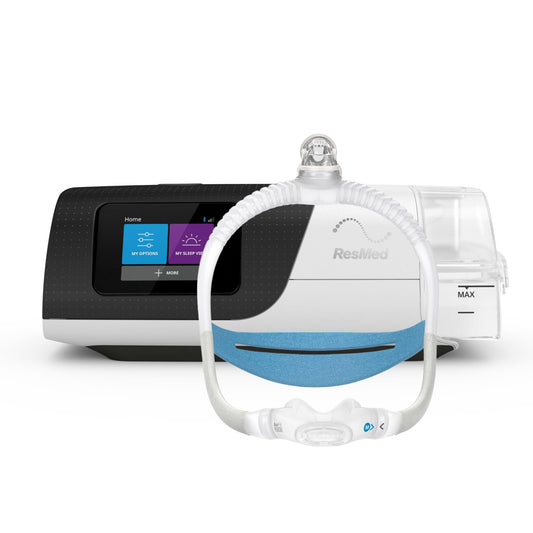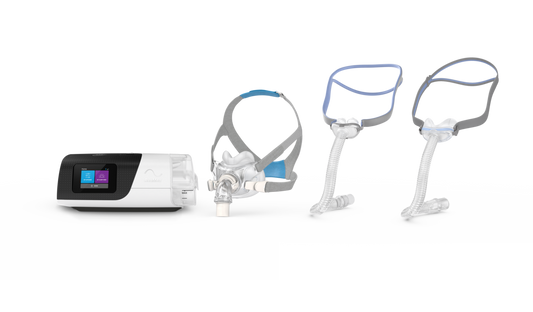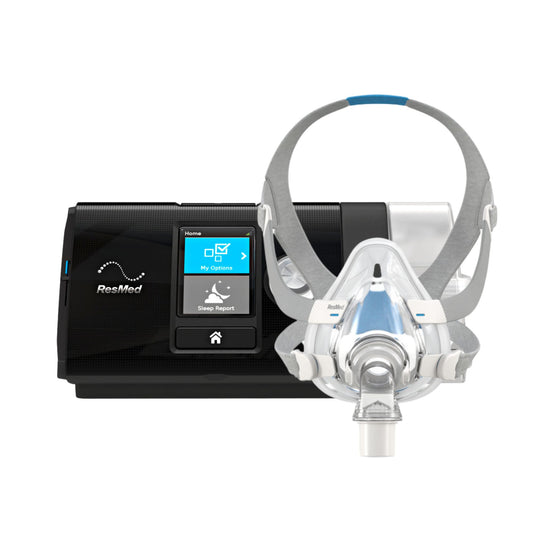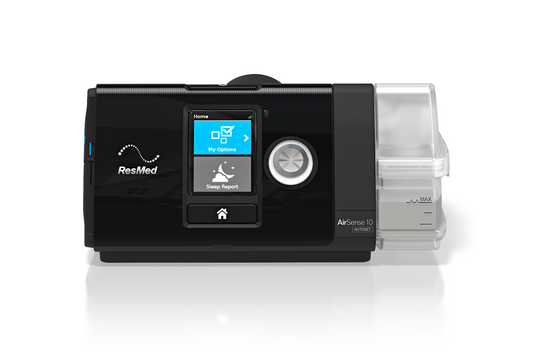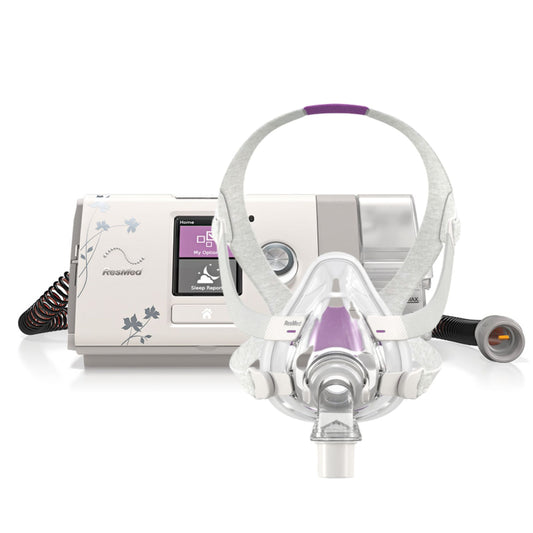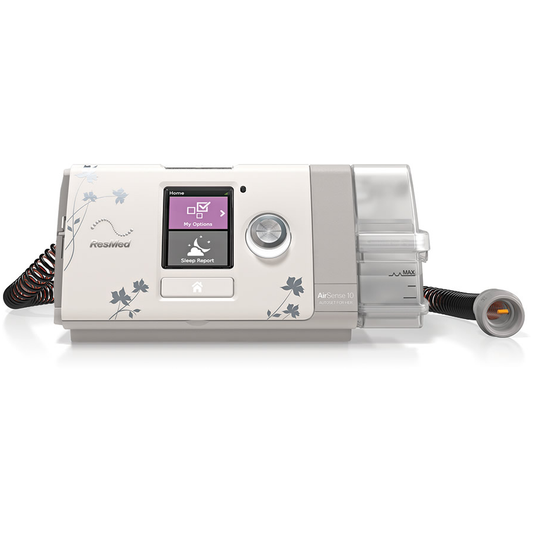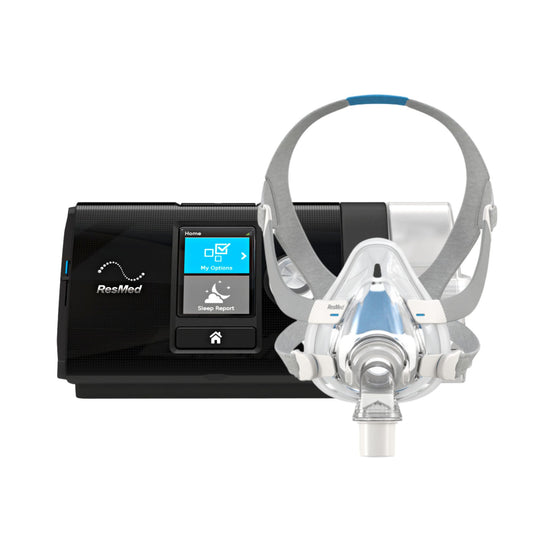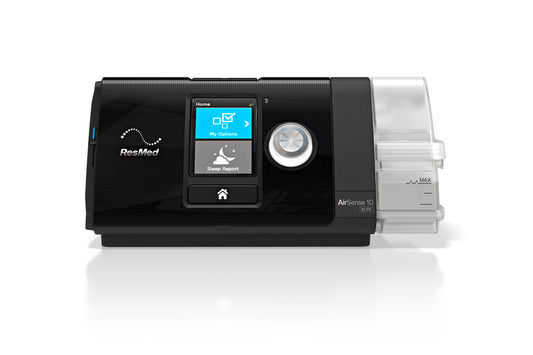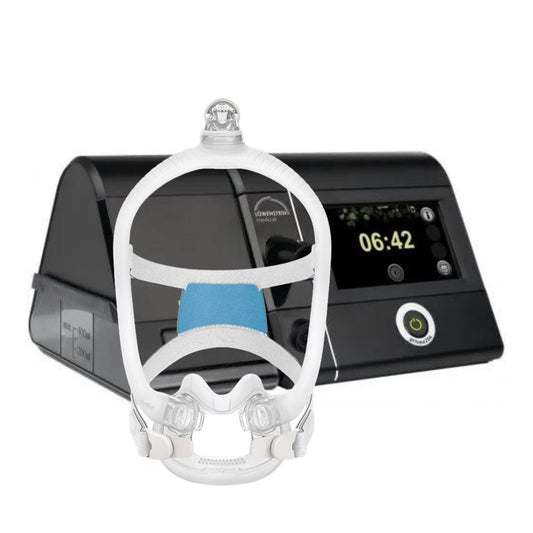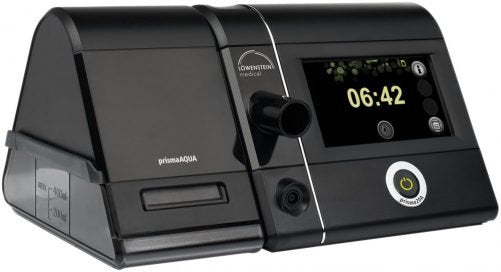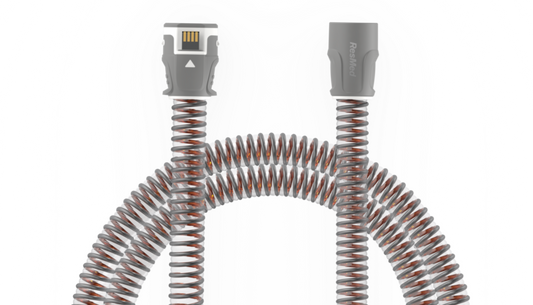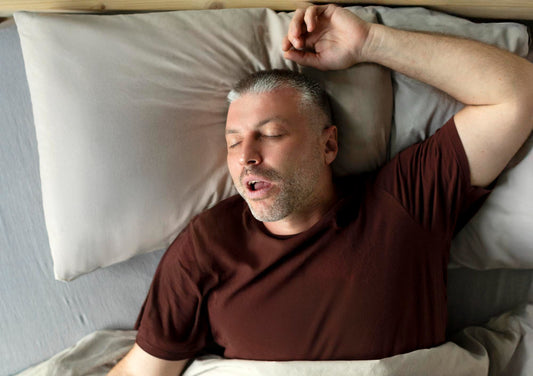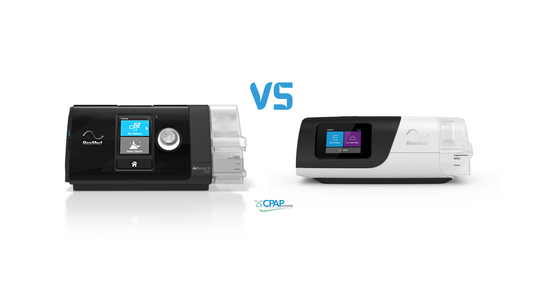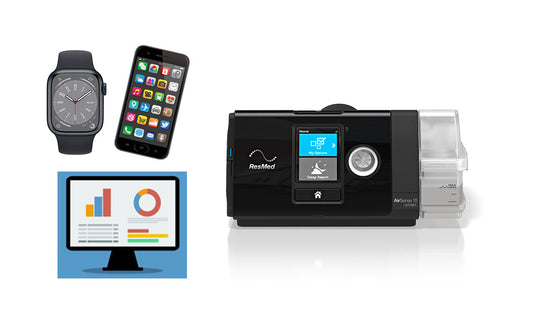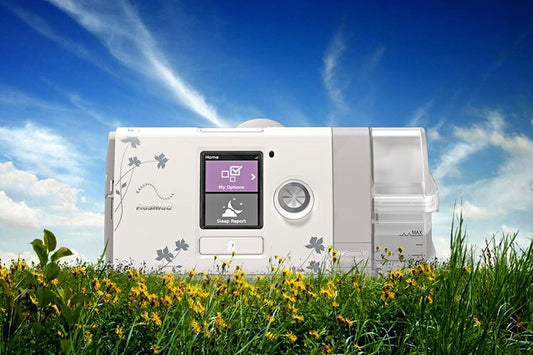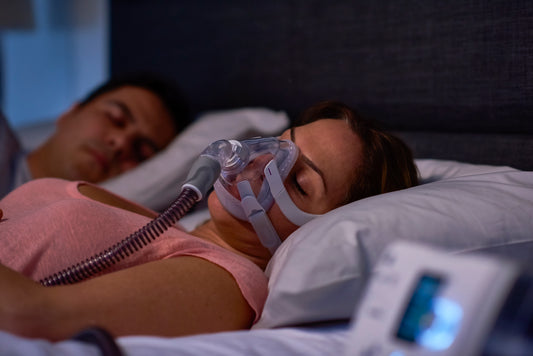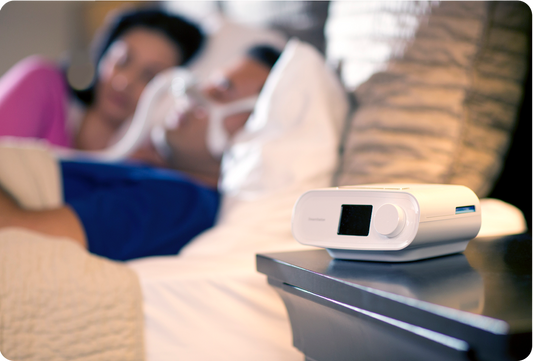Understanding Rainout and How to Fix It
Ever woken up in the middle of the night with a face full of water from your CPAP mask? You're not alone—and no, your machine isn’t broken. What you’re experiencing is something called rainout, and it’s more common than you might think, especially during colder nights.
Let’s break it down in simple terms.
What Is Rainout?
Rainout happens when the humidified air from your CPAP machine cools down too much before it reaches your mask. This causes the moisture in the air to condense into actual water droplets—just like condensation on a cold drink on a hot day. And unfortunately, that water ends up right where you don’t want it: in your mask and on your face.
How Does This Happen?
Here’s what’s going on behind the scenes:
- Your CPAP machine has a water chamber—this is where moisture is added to the air you’re breathing to keep your nose and throat from drying out.
- That warm, humidified air travels through about 6 feet of tubing before it reaches your mask.
- On cooler nights, if your tubing isn’t heated enough, the air inside starts to cool as it travels.
- When the humid air cools down too much, the moisture turns into liquid water inside the tube or mask.
- You end up with a soggy mask and a disrupted night’s sleep.
How to Prevent Rainout:
The good news? It’s an easy fix. Here are two simple ways to stop rainout from happening:
1. Increase the Heated Tube Setting
Most modern CPAP machines have a heated tube that keeps the air warm as it travels to your mask. If you’re noticing rainout, try manually increasing the temperature setting on your heated tube. This helps keep the humidity from cooling down too soon and turning into water.
2. Use a Tube Cover
If your heated tube isn’t quite doing the job—or if you don’t have one—adding a tube cover can help. These are usually soft, insulating sleeves that wrap around your tubing and help retain heat. Bonus: they also make your tube feel a little more comfortable against your skin. Shop Now
Final Thoughts
Rainout is annoying, but totally manageable once you understand why it’s happening. By adjusting your heated tube settings or adding a tube cover, you can keep that humidity where it belongs—in the air, not on your face.
Need help adjusting your settings or finding the right tube cover? We’re always here to help—just reach out!

